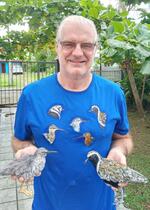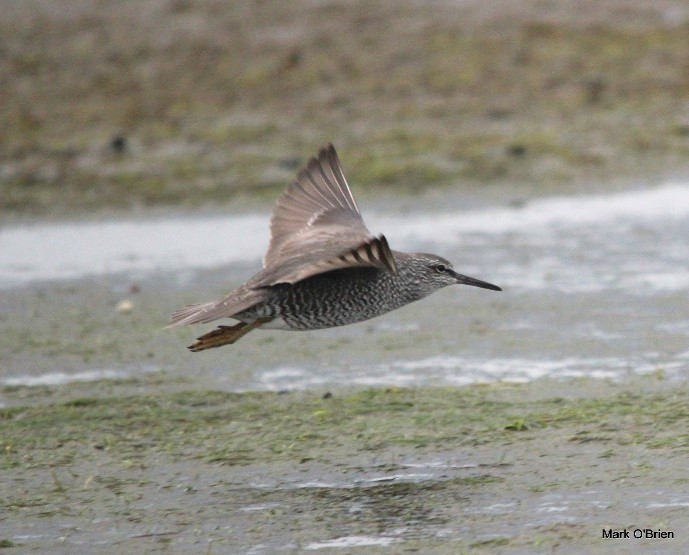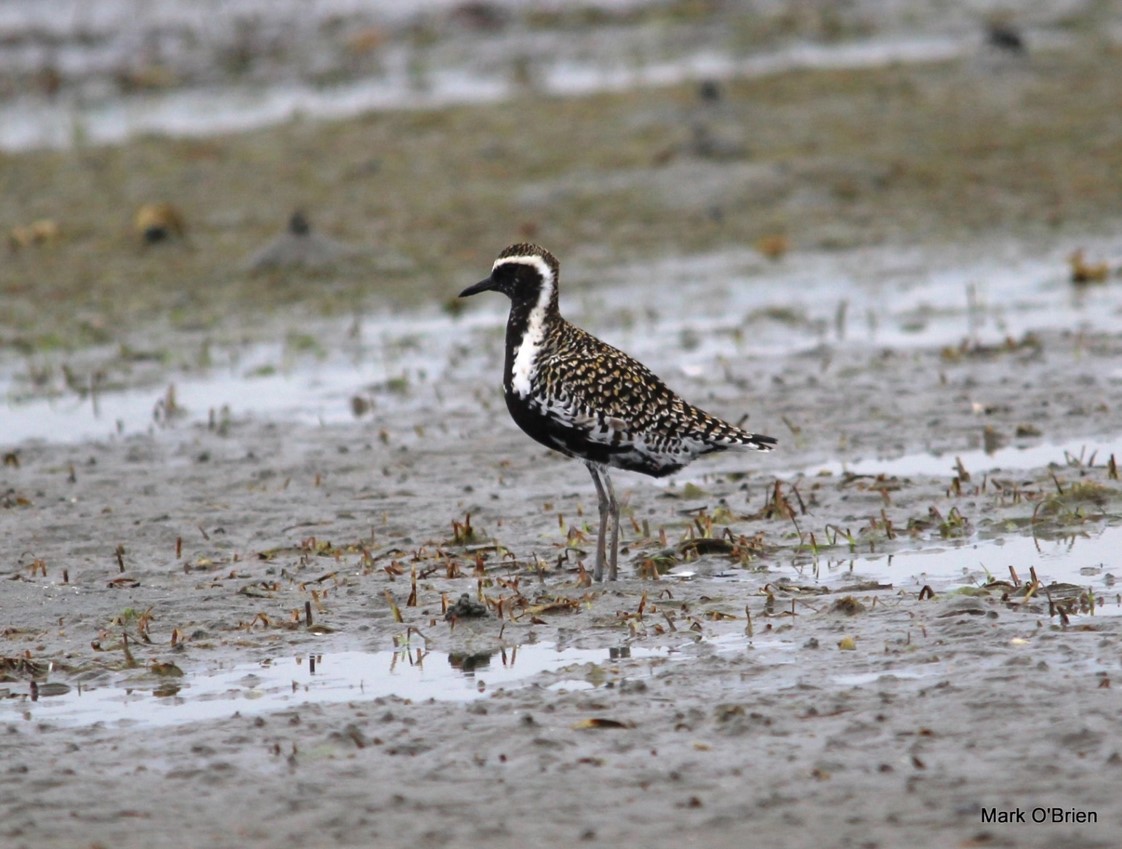Helping protect Oceania's birds
I'm Mark O'Brien, I'm from the UK, I've been based with BirdLife International in Suva for 11 years now. I have always been interested in birds.
Apparently, before I went to school, I pointed to a red-chested bird in our garden and asked my mum what it was - because I could see that it didn't look like a Robin. It was a male Chaffinch - so even from an early age I was picking out differences between species. My teenage years rather distracted me as I chased odd-shaped balls and, well, hit people. I got a place at the No. 1 University for rugby in the UK, Loughborough, and realised there were bigger, faster and harder rugby players than me which meant that I focussed much more on completing my degree in Ecology. After a few years of struggle post-University, I managed to get a job working for the research department of the RSPB, a major conservation NGO in the UK. I spent 20 years working on a range of projects, - including searching for and finding the eggs of a Dilio (although the geek in me feels obliged to acknowledge out that this was in fact the European and not the Pacific Golden Plover) and obtained a PhD in shorebird breeding ecology. I then changed direction and took on the role of Head of Advisory for RSPB Scotland. Here I took the best conservation science from RSPB and elsewhere and promoted it within agricultural and other land-use practices. Fascinating but challenging work - we had some great successes, with some species increasing in numbers significantly, and a number of failures, the species I'd worked on as my PhD continued to decline across the UK.
My extended time at RSPB allowed me to undertake a 5-week sabbatical to Vanuatu - and study the local scrubfowl. That developed a real fascination for the Pacific. After 5 years in advisory, I felt that I needed a new challenge and enquired about some work to help BirdLife develop a Species Action Plan for the Tongan Scrubfowl. As things turned out I took over the role of coordinator in the BirdLife office here in Suva and have stayed ever since. I am currently coordinating a number of projects in Vanuatu (for CEPF) where developing a sustainable harvesting programme for the local scrubfowl is a key component. So, my involvement in the region feels like it has come full circle.
My role, within BirdLife in the Pacific, is to coordinate the Key Biodiversity Area and the Preventing Extinction Programmes. Clearly, there is considerable overlap - the Monarchs of French Polynesia, Tooth-billed Pigeon in Samoa, Fiji Petrel and Red-throated Lorikeet here, the avifauna of Micronesia and the Scrubfowl in Palau, Vanuatu and Tonga are all projects that help to identify Key Biodiversity Areas. KBAs consider all taxa - we already have over 500 identified across the region, with a range of taxa as the 'trigger species. It has been fascinating developing an understanding of how to incorporate these other taxa into the KBA concept. We have some funding to further expand this in a number of countries over the next couple of years.
I am a great enthusiast for 'citizen science' and help, where I can, to encourage the use of global databases such as eBird (for whom I am a volunteer assessor for Fiji, Vanuatu and Micronesia) and iNaturalist. I love the inclusivity of iNaturalist and the fact that its network can help to identify a whole range of taxa simply from photographs. In my spare time, I like to keep a watch on the shorebirds that feed at Suva Point (I didn't anticipate having a globally important migratory shorebird site right on my doorstep!) and also the birds in the forest around Colo-i-Suva.
 Photo: Mark O'Brien of BirdLife Pacific
Photo: Mark O'Brien of BirdLife Pacific
For more info, visit www.birdlife.org/pacific


